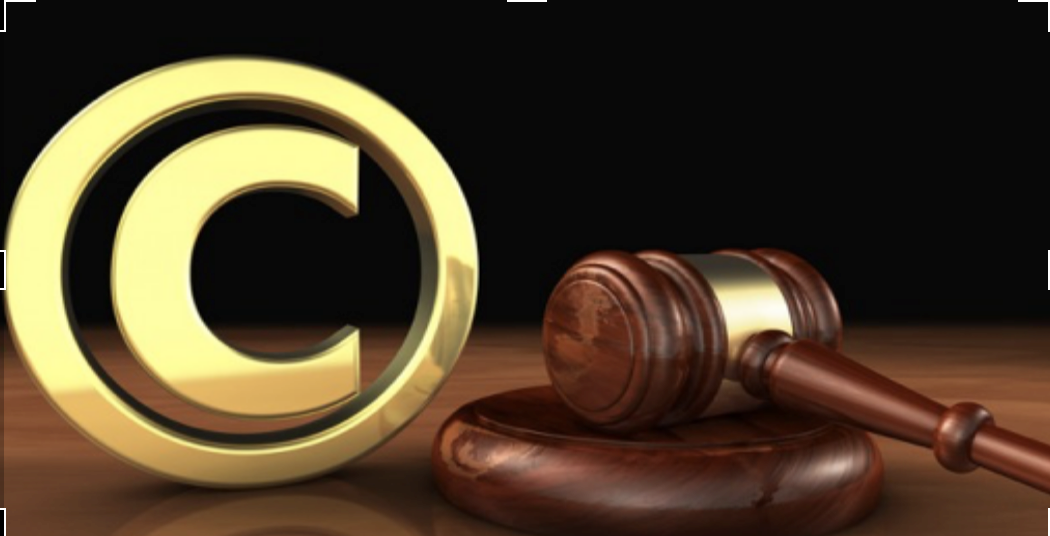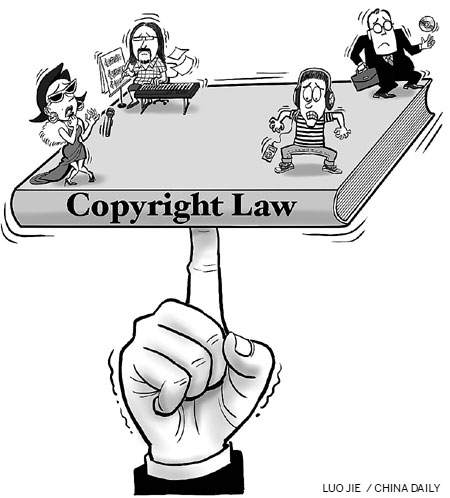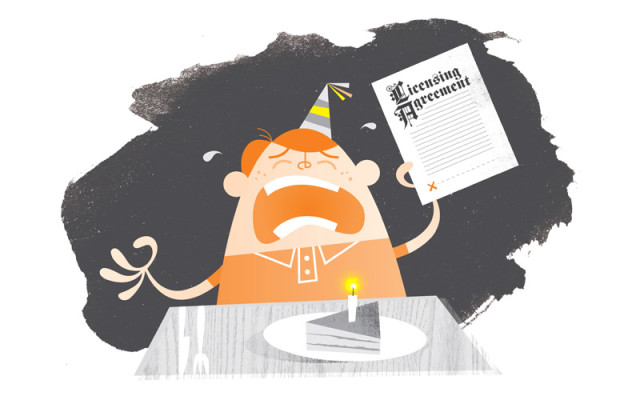The overarching topic of our blog page concerns current copyright laws and how they are impacting our culture and society. The case studies shared on this blog will include; a case study that examines specific examples of copyright laws and how they impact music, a case study exploring how current copyright laws impact musicians and artists, a case study that concerns the ways in which copyright could pose a threat to creativity and innovation and a case study that examines the role that media conglomerates and the market perspective of media plays in the copyright debate. We explore these topics through the lens of Media and Communication studies, for example examining; how current copyright hegemony (set of widely accepted beliefs, and policies are affecting the production and circulation of meaning in our society, the role power plays in producing and managing that meaning, and how powerful groups are maintaining copyright hegemony that support a market perspective of media over a public sphere perspective.

There exists a complex and ongoing debate over whether copyright laws need to be more strictly reinforced and extensively developed, or whether they need to be reconfigured and relaxed. Those in the media communications field have taken note of this debate because of the implications copyright has for our media, identities and society as a whole. But to understand the debate it is important to first understand the logistics. So what is copyright? Also known as the intellectual property clause or Article 1, Section 8, Clause 8 of the U.S. constitution, copyright grants creators exclusive rights to their works for a limited time. This clause was meant to give Congress the power “To promote the Progress of Science and useful Arts…” and it was initially intended to be an incentive to pursue creative risks, inspire innovation, act as a catalyst for progress, and provide cultural wealth for citizens, all while of course protecting the rights of the creators. The question we are exploring in this blog is whether or not the current copyright laws are fulfilling their original goals, or whether they are doing just the opposite.

“Music copyright Law” focuses on special problems of copyright of published sheet music and includes a brief sketch of copyright for recordings of performances of music. This study starts by providing some context and examples of current copyright laws to provide an additional framework for the rest of the case studies. “How Copyright Impacts the Artists,” this case study takes the position in favor of maintaining existing copyright laws in exploring how they are beneficial to artists and musicians in that they protect their works and provide them with the means to earn a living. In “Copyright & Creativity”, the case study centers around how the current copyright regime is posing an ever-growing threat to democracy by micromanaging creativity and stagnating progress. This provides a counter-perspective, to “How Copyright Impacts the Artists”, by taking the stance in favor of restructuring copyright laws to benefit society and the public sphere. These two case studies help to provide arguments for both sides of the copyright debate and add dimension to the overall topic. “Copyright & Creativity” also ties in to how copyright of music benefits business interest over public interests. case study as provides additional and introductory information to this case study that centers around how the music industry and media conglomerates have influenced copyright policies and debates.

“What is the price for the happy birthday song” case study explores how much it costs to sing the happy birthday song as a way to humorously critique the financial logistics of copyright laws. The case looks in to how supporters of copyright expansion claim that intellectual property laws protect those who own the copyright over the actual creators. At the end, it provides another example from Disney. These businesses and their concentrated control over our society’s culture and media, reflect the perception of the music industry as a homogenized monopoly; which is characterized by a low number of supplying firms (businesses) and low diversity of products. This study also examines how the public sphere perspective of media, or the perspective that prioritizes the ability of media to enhance and benefit the lives of its citizens over the ability to generate a profit from them as consumers.
The shifting of power and organization within media in the wake of the digital era has restructured the copyright debate, and has made it more relevant than ever, especially concerning media and democracy. The following case studies reflect the complexity of the issues surrounding copyright laws, and aim to better inform citizens about this topic and why it is important.
Written By: Chenqi Gao, Lynsey Sandum, Sung Ho Nam & Yi Huang
Suggested Readings:
Arewa, Olufunmilayo B. (2011). Creativity, improvisation, and risk: Copyright and musical innovation. (Symposium: Creativity and the Law). Notre Dame Law Review,86(5), 1829-1846. http://heinonline.org/HOL/Page?handle=hein.journals/tndl86&div=50&g_sent=1&casa_token=&collection=journals
Gardner, Eriq. “Warner Music Pays $14 Million to End ‘Happy Birthday’ Copyright
Lawsuit.” The Hollywood Reporter, 9 Feb. 2016, www.hollywoodreporter.com/thr-esq/warner-music-pays-14-million-863120.
Cammaerts, B. (2011). The hegemonic copyright regime vs the sharing copyright users of music? Media, Culture & Society,33(3), 491-502. (S) Page 492~493 trend of copyright. http://journals.sagepub.com/doi/pdf/10.1177/0163443711398764
Carrah, Nicholas, and Eric Louw. Media & Society; Production, Content & Participation. Sage, 2015.
Croteau, David, and William Hoynes. The Business of Media; Corporate Media and the Public Interest. Pine Forge Press, 2006.
Erhart, Elise M. (2016) “Copyright Laws in the Music Industry,” Line by Line: A Journal of Beginning Student Writing: Vol. 2: Iss. 2, Article 5 https://ecommons.udayton.edu/cgi/viewcontent.cgi?article=1083&context=lxl
Gardner, Eriq. “Warner Music Pays $14 Million to End ‘Happy Birthday’ Copyright
Gaylor, Brett, Mila Aung-Thwin, Kat Baulu, and Germaine Y. G. Wong. Rip!: A Remix Manifesto. Montréal: National Film Board of Canada, 2009.
Lawsuit.” The Hollywood Reporter, 9 Feb. 2016, www.hollywoodreporter.com/thr-esq/warner-music-pays-14-million-863120.
Lillington, Karlin. “Why Copyright Laws Hurt Culture,” Wired. 2001. https://www.wired.com/2001/11/why-copyright-laws-hurt-culture/ (Links to an external site.)
Morgan, Fiona. Copywrong: Copyright Laws are Stifling Art, but the Public Domain Can Save Us. Indy Week. 12/3/2003. https://www.indyweek.com/indyweek/copywrong/Content?oid=1190873
THE TOUGH REALITY OF COPYRIGHT PIRACY: A CASE STUDY OF THE MUSIC INDUSTRY IN CHINA♦
http://cardozoaelj.com/wp-content/uploads/Journal%20Issues/Volume%2027/Issue%203/Liu.pdf
Yin, Yunzhi. “Research on the Copyright Based Recording Permission Model for Music Works.” Revista De La Facultad De Ingenieria, vol. 32, no. 16, 11 Dec. 2017, pp. 467-473. EBSCOhost, offcampus.lib.washington.edu/login?url=http://search.ebscohost.com/login.aspx?direct=true&db=a9h&AN=127080560&site=ehost-live.
Image sources:
http://www.teenstarcompetition.co.uk/advice-for-unsigned-singers/music-copyright-laws#.WqHzPoJG3xQ
https://www.tunecore.com/blog/2016/12/breaking-copyrights-music.html
https://laughingsquid.com/the-quest-for-a-copyright-free-happy-birthday-song/
